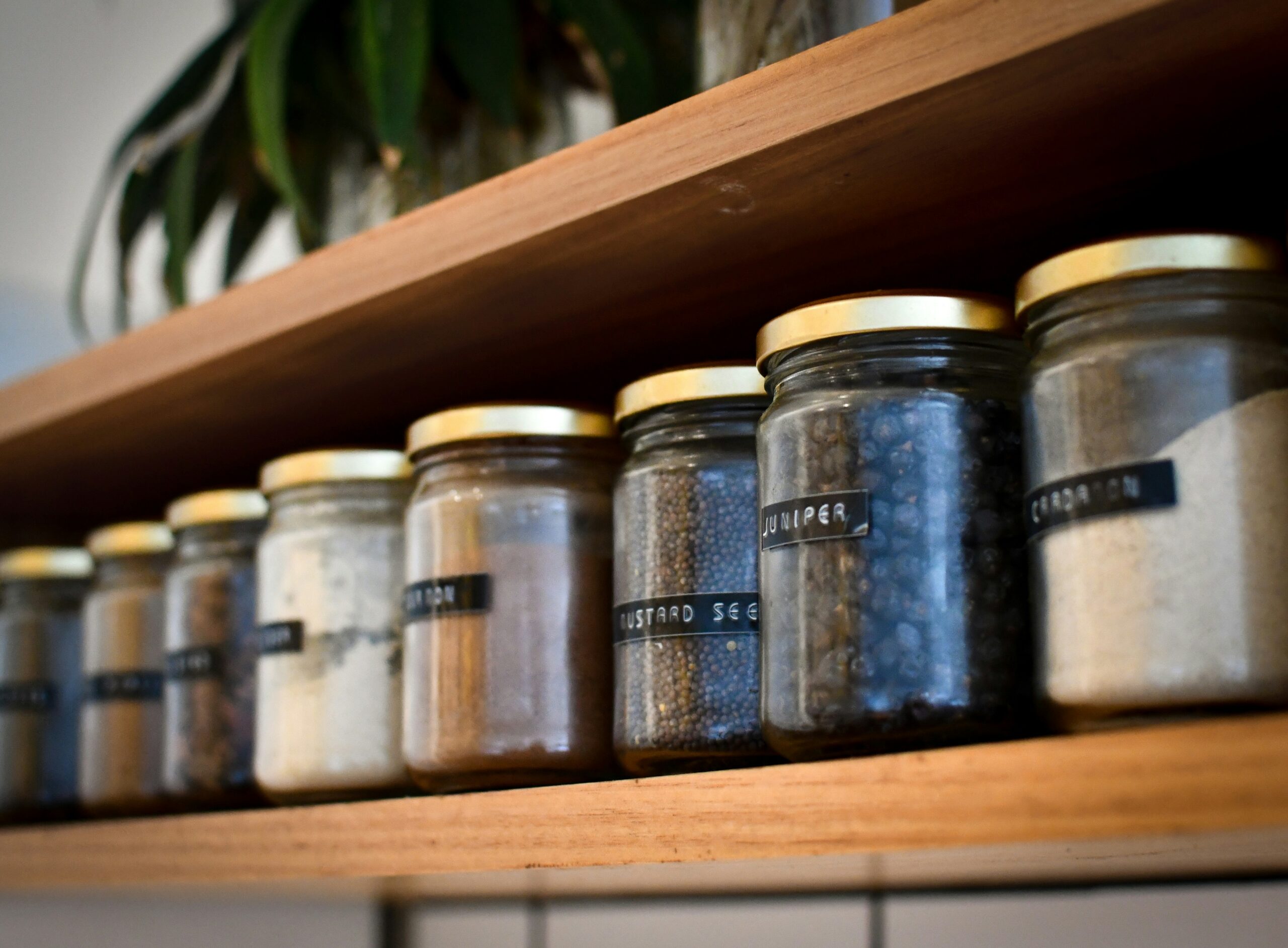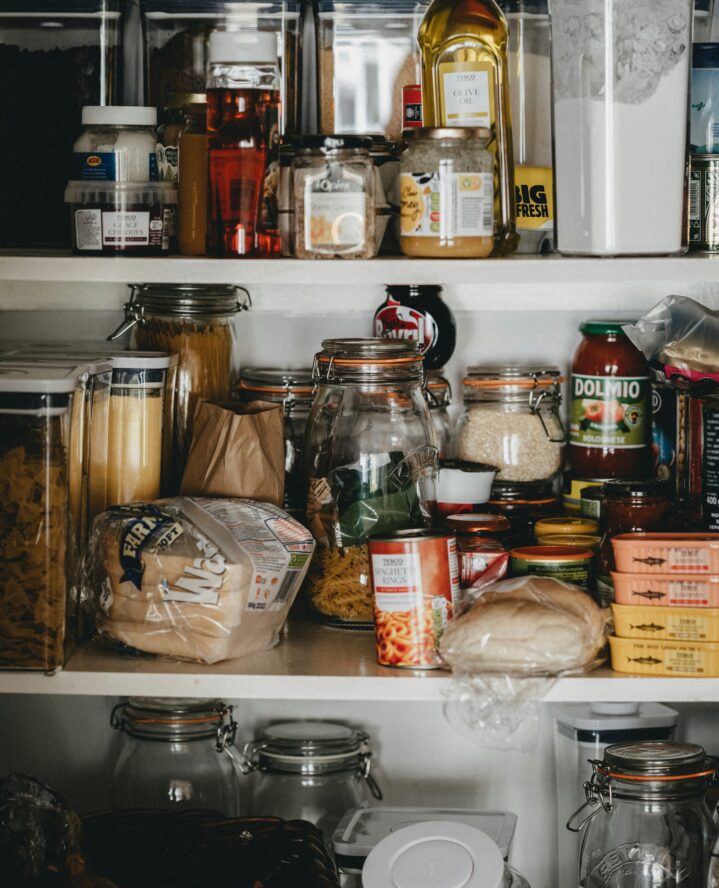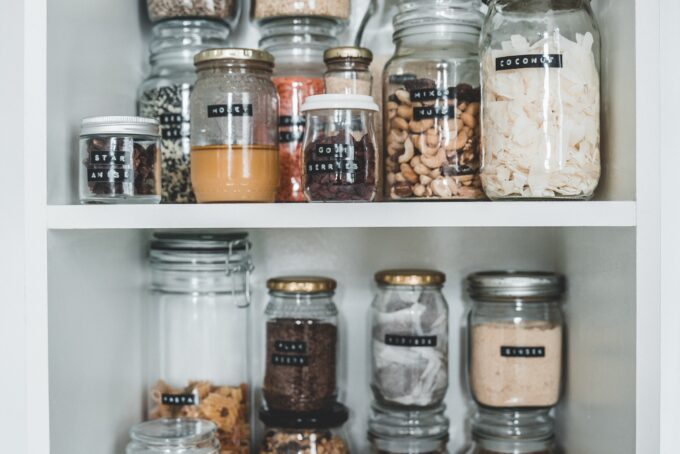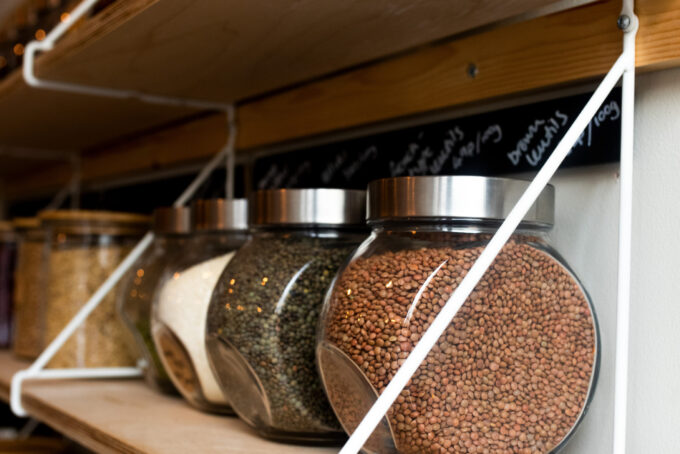Your pantry should be a place where your snacks and essentials are tucked away for whenever hunger strikes—not forgotten completely. While some items may seem like they have a forever shelf-life, the reality is that’s just not the case. So what should you be looking for when you’re cleaning out your pantry? Here are some things you should consider tossing.
1. Canned Goods of Mystery
You meant well when you got them. Maybe they were planned for a new recipe or hearty stew but ended up collecting dust in the back. These are tricky because canned goods are usually recognized for their shelf life. They can hang out for a while, but they can absolutely overstay their welcome.
The first clue to say goodbye clue is often the state of the label itself. If it’s faded beyond recognition or covered in a layer of grime, chances are the contents have seen better days. Similarly, if the can shows signs of rust or damage, it’s best to err on the side of caution and toss it out.
But perhaps the most reliable indicator of a canned good’s expiration is the date stamped on the bottom or side of the can. Most canned goods have a shelf life of one to five years, depending on the contents and storage conditions. If the expiration date has come and gone, it’s just not worth it.

2. Expired Spices: The Flavorless Foes
Spices have one job—add flavor, depth and drama to your dishes. When they’ve lost their luster, there’s just no point in keeping them. While deciphering when they’ve gone bad is a little trickier, keep an eye out for these telltale signs:
- Faded Color: Spices like paprika, turmeric, and chili powder should have vibrant hues that add visual appeal to your dishes. If your spices have lost their color and appear dull or muted, it’s a sign that their flavor has also diminished.
- Lackluster Aroma: Give your spices a sniff – if they no longer release a potent, aromatic fragrance, they’ve likely lost their flavor potency. Fresh spices should perfume the air with their distinct scent, enhancing the anticipation of the culinary masterpiece to come.
- Clumping or Caking: Moisture is the enemy of spices, causing them to clump or cake together over time. If your spices have formed solid masses or show signs of moisture damage, it’s time to bid them farewell. Clumpy spices not only lack flavor but can also introduce unwanted textures to your dishes.
- Taste Test: While it may seem counterintuitive, tasting your spices can also help determine their freshness. If the flavor is weak, flat, or altogether absent, it’s a clear indication that your spices have passed their prime.
3. Sad, Stale Snacks
We’ve all fallen victim to the allure of snack foods, only to forget about them until they morph into sad, stale shadows of their former selves. That half-eaten bag of chips? More air than crunch. Those crackers? So limp, they might as well be cardboard. Clear out the clutter and welcome fresh, crispy delights when they’re past their expiration date or don’t taste as delicious as they normally do.

4. Questionable Condiments
Condiments are the crowd favorites of the culinary world, always bringing something spicy or flavorful to the table. Butt even they have their limits. That bottle of mustard with the crusty cap? It’s time to bid it adieu. And don’t even get us started on the ketchup that’s developed a flavor all its own – and not in a good way.
Additionally, certain condiments are best stored in the refrigerator to maintain their freshness and flavor, while others can safely reside in the pantry. Here’s a breakdown of some common condiments and where they should be stored:
Refrigerator
- Mayonnaise: Due to its high egg content, mayonnaise is prone to spoilage if left unrefrigerated. It’s best to store it in the refrigerator to maintain its quality and safety.
- Ketchup: While commercially bottled ketchup contains preservatives, storing it in the refrigerator helps prolong its shelf life and prevents flavor degradation.
- Mustard: While mustard can be stored in the pantry before opening, refrigerating it after opening helps retain its flavor and prevent spoilage.
- Soy Sauce: Although soy sauce has a long shelf life, refrigerating it can help maintain its freshness and flavor over time.
Pantry
- Vinegar: Vinegar, including varieties like white vinegar, apple cider vinegar, and balsamic vinegar, can be stored in the pantry without refrigeration.
- Hot Sauce: Most commercially bottled hot sauces contain vinegar or other preservatives that allow them to be stored safely in the pantry.
- Honey: Honey is naturally resistant to spoilage and can be stored at room temperature in the pantry indefinitely.
- Maple Syrup: Pure maple syrup can be stored in the pantry, although it may develop mold if not used within a reasonable timeframe after opening.

5. Forgotten, Fossilized Flour
Flour, the backbone of so many delicious baked goods, may seem indestructible, but even it has an expiration date. If your flour has taken on a musty aroma or become a breeding ground for pantry pests, it’s time to part ways. Fresh flour means better baking – and who doesn’t want fluffy, perfectly risen cakes and breads? Bid farewell to those forgotten, fossilized flours and welcome the promise of culinary delights yet to come.
popular posts
- 1It’s Black Business Month, So Let’s Go Shopping and #BuyBlack!
- 2These Home Decor Items Will Instantly Make Your Space Look Outdated
- 3Black-Owned Home Decor Stores To Support Across the United States
- 4A Look Inside Elon Musk's Tiny $50,000 House
- 57 Black and Multicultural Designers To Follow For Design Inspo
Spaces
Whether it’s luxury or ease, every area of your home should be as fabulous and unique as you.
The Best Pantry Shelving Ideas for an Organized Kitchen
by Melody Beuzelin | May 10, 2023
These Are the Best Black-Owned Items To Shop for Your Kitchen
by Brittni Williams | August 3, 2023
FOLLOW ALONG ON INSTAGRAM
#homeandtexture
Find us on social for more home inspiration where culture, personal style, and sophisticated shopping intersect to help you create a home where you love to live.








